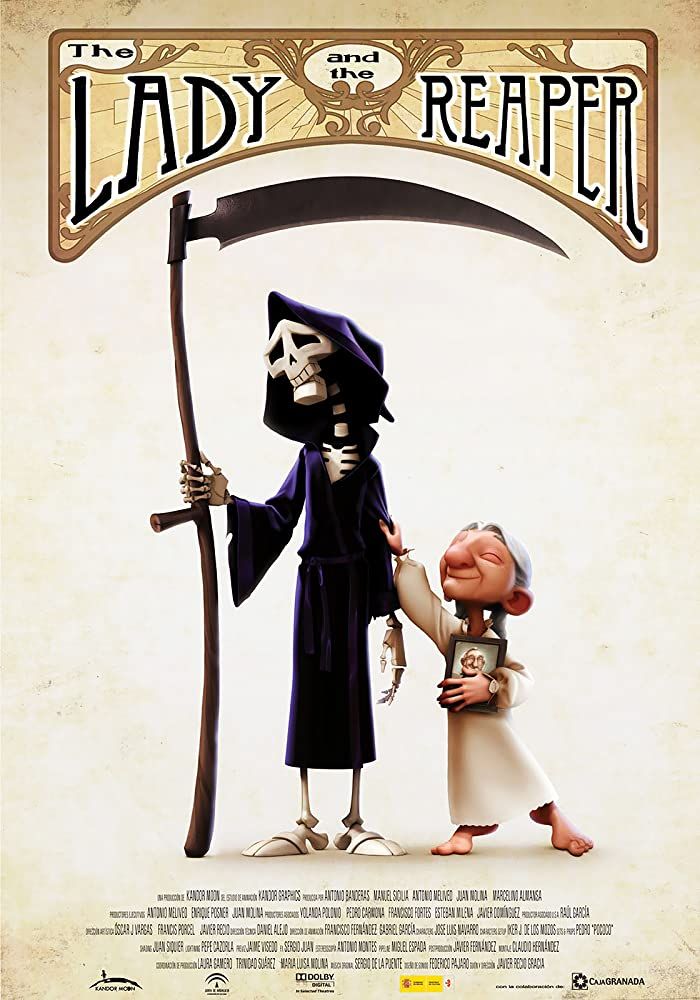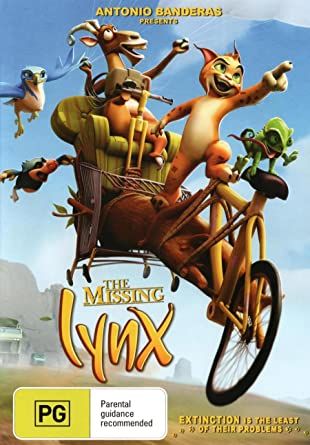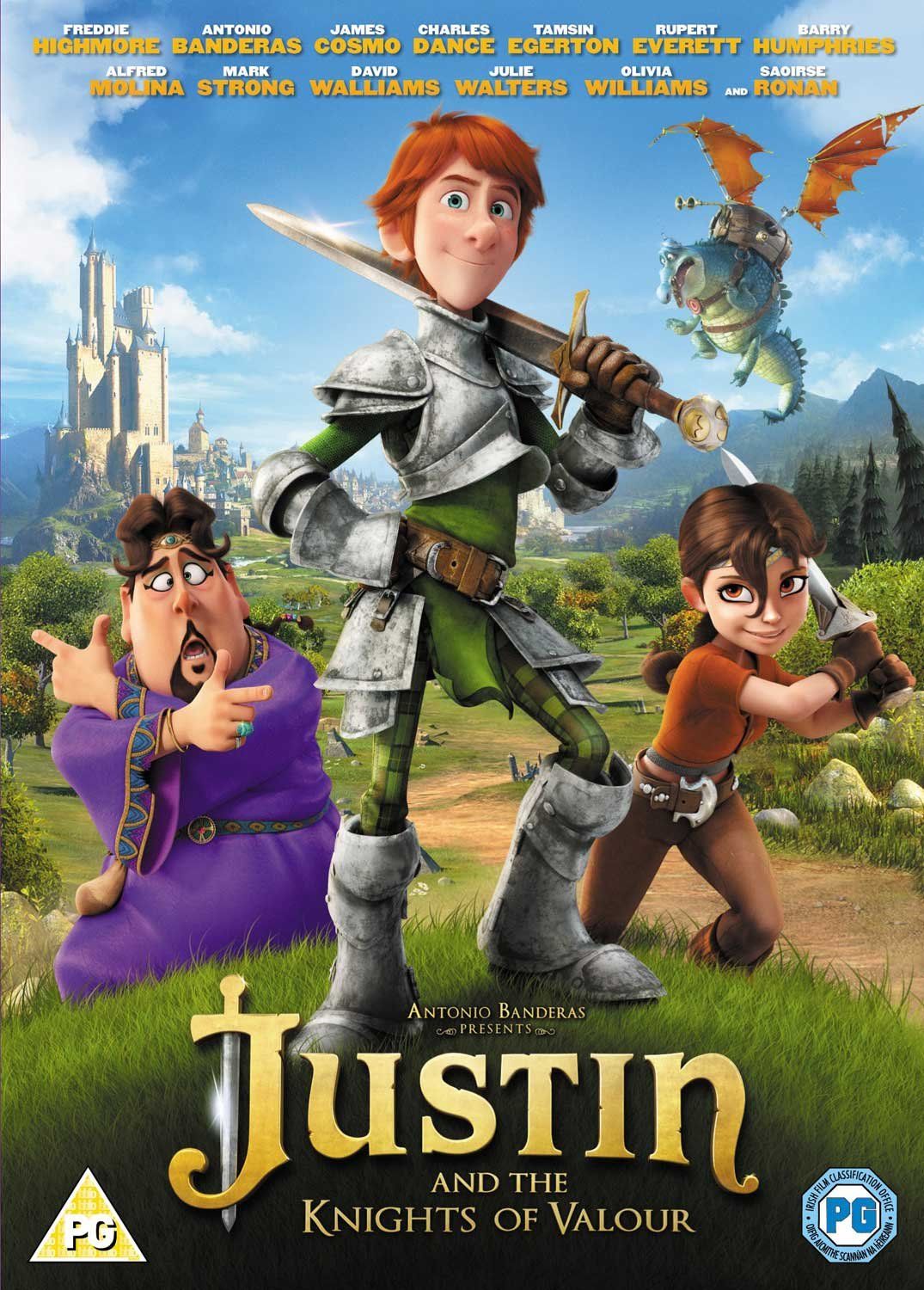(Post from my older blog, 2009)
The kind of task involving an editing in film industry may appear simple or easy to carry out, but the more I’m diggin’ into it the more I respect the job, always learning new techniques, always improving the ways I do things.
The main characteristic that describes the new deal as an editor is “file based”. In digital animation, everything I handle in my Avid comes from renders, Computer Generated images -the so called CGI. Nothing is pulled out from a camera nor video tape; everything is synthetic.
What’s the juice in all of this? There’s no way to have any info from the material to handle but the file name that I import into my editing application. Ok, you may think that simply indentifying carefully every single shot, in a organised manner, would be enough to keep things on track. This is true. I’ve done this already.
I consider myself still a beginner in this industry, I’m doing this job for almost 4 years, although I did many edits before, they weren’t for storytelling features. The way I entered in cutting flms was the direct way “get into a movie and learn”.
My company was involved in a CG Animated TV series called The Missing Lynx, and we tried to design a good pattern for shot id’s. Eventually, after some new investors, we ended up with a 100′ feature film and more than 1500 shots organised in 70 sequences. Trying to be simple, I’ll say this was a nightmare. Every shot were updated at least 3 times in its lifecycle. We made the usual changes in many sequences, retakes… Frame rate conversion from TV to Film…
Keeping the cut up to date became a giant task, taking more than a month between versions of the entire film. Add to all this a temporary soundtrack managing and mixing… with many versions and retakes, of course.
All this extensive experience drove me to a thought: file based editing should be easier, finding a way of organising files, shots an information in a better way. And the clue came from the digital VFX industry, a file based world like mine.
The key: the use of METADATA associated to the media. If VFX facilities take that METADATA from negative scanners, I should generate this info in the transcoding stage, between the video files and the edit application.
The solution, so far so good: AVID Metafuze. The key to the file based editing pipelines.






